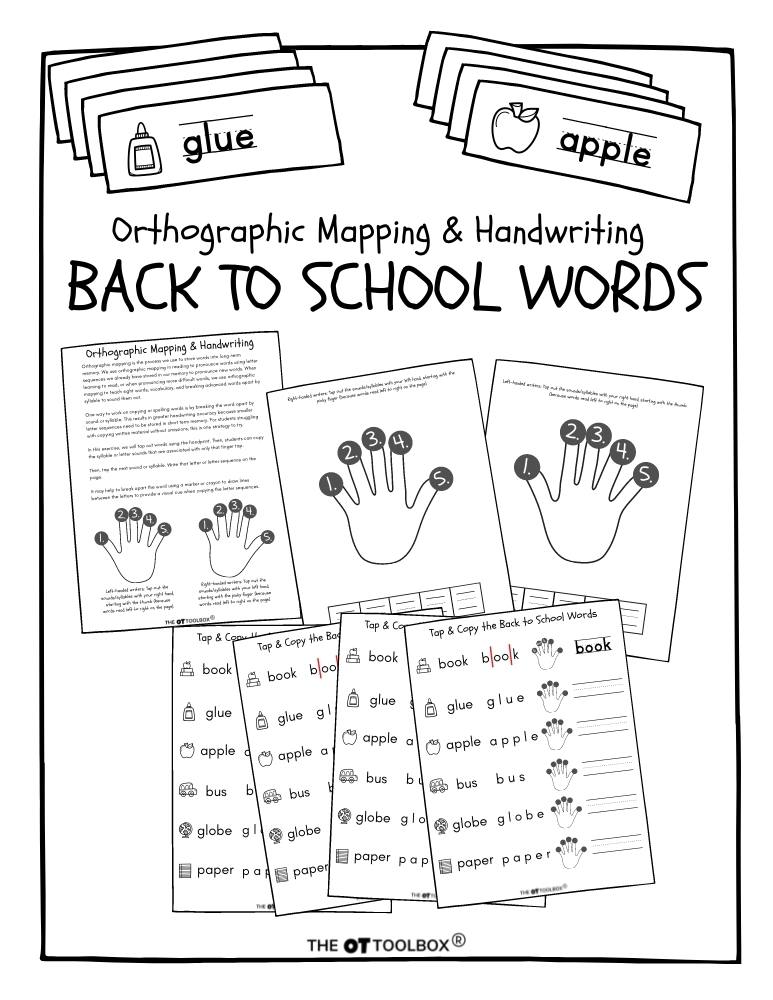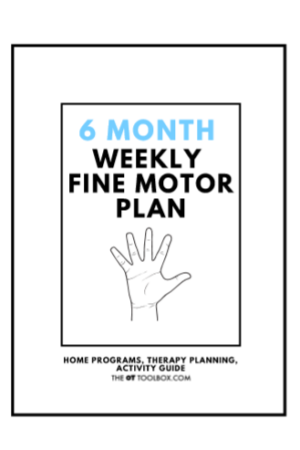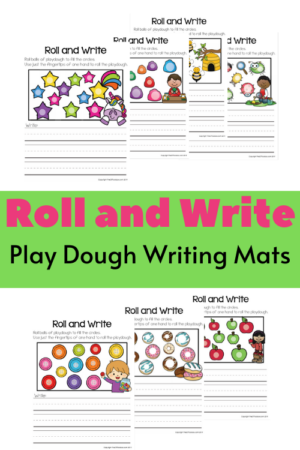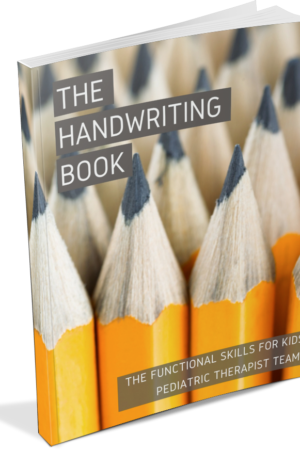Orthographic Mapping and Handwriting Back to School Words
$6.00
On the go printable handwriting pages to teach orthographic mapping, while learning to write back to school words.
It is that time of year already! Back to school means learning new skills or relearning lost ones. Students lose a great deal of learned skills if they are not practiced during the summer. Educators often spend the first several weeks of school reteaching lost skills. Students may find learning to be especially overwhelming at the beginning of the school year. Teaching different methods to write and spell in a multi-level approach to learning can help students learn and retain information faster.
Orthographic mapping is a method of tapping out letters and sounds of words, as a kinesthetic (learning by doing) approach to reading and writing. These popular back to school words are a great way to introduce this technique.
Description
Orthographic Mapping Handwriting Activity
Orthographic mapping is the process used to store words into long-term memory. Orthographic mapping is used in reading, to pronounce words using letter sequences already stored in memory, to pronounce new words.
When learning to read or pronouncing more difficult words, orthographic mapping can be used to teach sight words, vocabulary, and break advanced words apart by syllable, to sound them out. One way to work on copying or spelling words is by breaking the word apart by sound or syllable. This results in greater handwriting accuracy because smaller letter sequences need to be stored in short term memory.
For students struggling with copying written material without omissions, this is one strategy to try. In this exercise, students will tap out words using the handprint as a guide. Students can copy the syllable or letter sounds that are associated with only that finger tap. Then, tap the next sound or syllable and ask students to write that letter or letter sequence on the page. (It may help to break apart the word using a marker or crayon by drawing lines between the letters, to provide a visual cue when copying the letter sequences).
Notice there is a different sequence for left and right handed students based on the direction of written language. This will need to be taught to students. Several students will have difficulty using their non-dominant hand for tapping. Determine if the struggle is in tapping, understanding the direction of taps, or letter recognition. While it is better to tap with the non-dominant hand, freeing the dominant hand for writing, some students may not be able to effectively achieve this.
Why back to school words?
Many tasks asked of students at the beginning of the year involve talking about school. Words like school, bus, paper, backpack, lunchbox, scissors, pencil, and crayons are important site words that will surface again and again throughout the school year. Students may be asked to write about school tasks using these words, or at least recognize them printed around the classroom. Students learn better when the information is relevant to them.
Ways to modify the task:
- Laminate the pages for durability or place in a page protector
- Enlarge the paper and font for beginning level students
- Project the page onto a smart board for demonstration
- Vary the amount of assistance and support given
- Advanced learners can use these words to begin writing sentences
- Modify the words to choose relevant classroom words – not all students will need to know protractor or paperclip for example
- Practice tapping and sounding out syllables before adding the writing component
- Create larger writing space for entry level learners
- Offer different writing tools – colored pencils, crayons, markers, gel pens
- While written handwriting is best, students can work on keyboarding skills also
Skills addressed using the Orthographic Handwriting Back to School Words:
- Kinesthetic awareness – learning by doing
- Hand strength and dexterity – staying on the lines builds hand muscles and develops muscle control. Tapping builds motor coordination and sequencing skills
- Visual motor skills – Combining what is seen visually and what is written motorically. It takes coordination to be able to translate information from visual input to motor output. Coloring, drawing, counting, cutting, and tracing are some visual motor skills
- Sequencing – will your learner do the words in order? Will they look for the easy and/or obvious answers first? Will they go in a haphazard pattern all over the page?
- Proprioception – pressure on paper, grip on pencil
- Social/Executive Function – Following directions, turn taking, task initiation/completion, orienting to details, neatness, multi-tasking, attending to task, and impulse control
- Handwriting: Letter formation – correctly forming the letters top to bottom. Letter sizing – correctly fitting the letters into the size boxes. Spacing, line placement, directionality, and spelling
- Copying – copying words from a model, transferring the letters from one place to another
- Fine motor strengthening, hand development, and grasping pattern
- Bilateral coordination – remembering to use their “helper hand” to hold the paper while writing. Using one hand for a dominant hand instead of switching back and forth is encouraged once a child is in grade school or demonstrates a significant strength in one or the other
- Strength – core strength, shoulder and wrist stability, head control, balance, and hand strength are all needed for upright sitting posture and writing tasks






